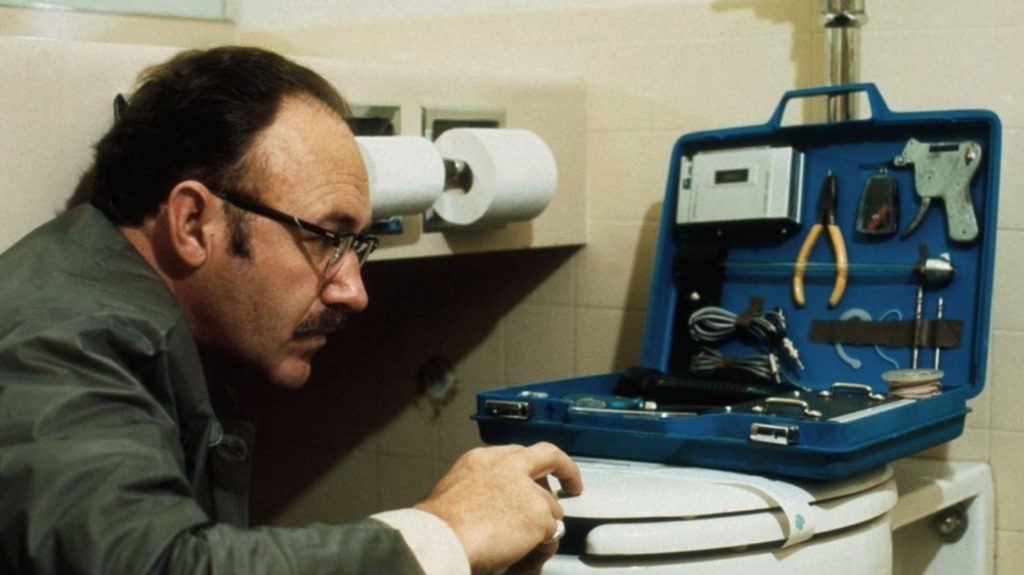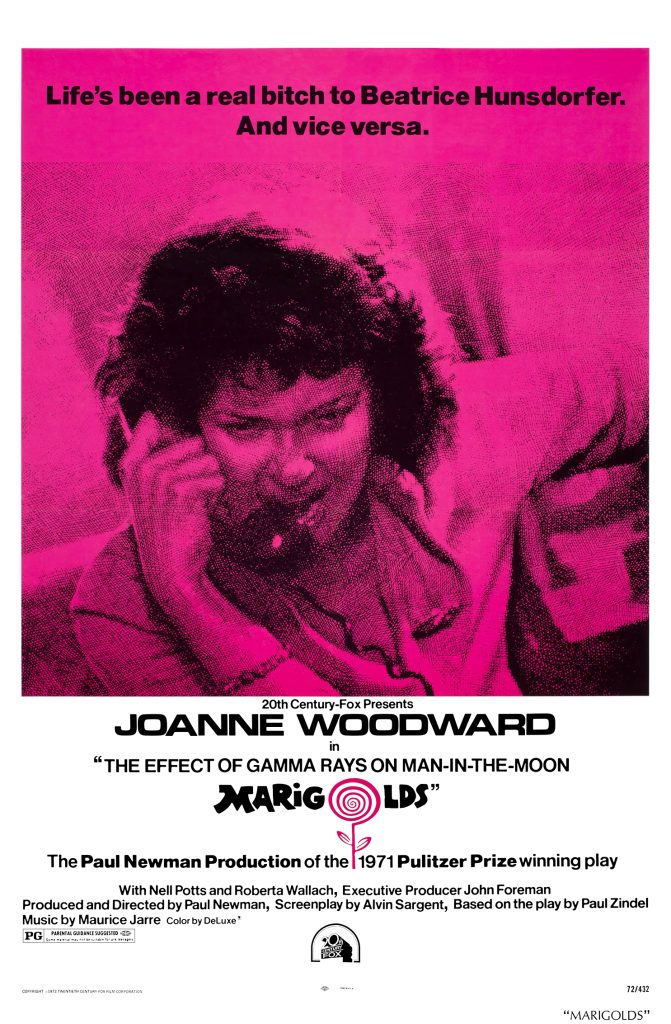“The Untouchables” (1987): A Stylized Confrontation of Good vs. Evil – Film Review

Brian De Palma’s “The Untouchables,” released in 1987, is a cinematic retelling of the legendary face-off between lawman Eliot Ness and gangster Al Capone in Prohibition-era Chicago. With a screenplay by David Mamet, the film is both a historical account and a stylized moral tale, exploring themes of justice, corruption, and heroism.
Crafting the Mythos of Eliot Ness
Kevin Costner’s portrayal of Eliot Ness transforms the Treasury agent into a symbol of incorruptible virtue, a beacon of righteousness in a city drowning in vice. The film charts Ness’s journey from a naive idealist to a hardened law enforcer, leading a handpicked team known as “The Untouchables.” The casting of Costner, with his all-American persona, was a deliberate choice, emphasizing the character’s status as an emblematic hero.
De Palma’s Direction: Tension and Technical Mastery
De Palma’s direction is a key element of “The Untouchables,” blending intense action sequences with moments of profound emotional depth. The director’s signature use of suspense, particularly in the iconic Union Station shootout scene, showcases his ability to orchestrate tension and release with precision. This scene, a masterclass in suspense, pays homage to Eisenstein’s “Battleship Potemkin,” using the setting and the situation to ramp up the tension to almost unbearable levels.
The Ensemble Cast: Dynamic and Diverse
Robert De Niro’s Al Capone is both charismatic and terrifying, a villain who is as complex as he is cruel. De Niro’s method acting approach, including significant weight gain and extensive research into Capone’s mannerisms and speech, adds layers to the portrayal, making Capone a figure of immense power and pettiness.
Sean Connery’s role as Jim Malone, the seasoned cop who mentors Ness, earned him an Academy Award for Best Supporting Actor. Connery’s Malone is the tough, streetwise heart of the film, providing it with emotional gravitas and a sense of historical authenticity.
Behind the Scenes: Production Challenges and Triumphs
Filming “The Untouchables” was an ambitious endeavor, with elaborate set pieces and locations that sought to authentically recreate 1930s Chicago. The production team faced the challenge of balancing historical accuracy with the need for dramatic effect, often opting for visual and narrative choices that favored the latter to enhance the film’s impact.
The costume design by Marilyn Vance and the art direction led by William A. Elliott and Hal Pereira played crucial roles in bringing the era to life, with meticulous attention to period details that helped immerse audiences in the Prohibition-era setting.
Musical Score: Ennio Morricone’s Sonic Landscape
Ennio Morricone’s score for “The Untouchables” is an integral part of the film’s atmosphere, providing an aural backdrop that complements the narrative’s emotional and dramatic arcs. Morricone’s compositions, which earned an Academy Award nomination, range from haunting melodies to rousing anthems, encapsulating the film’s epic scope and intimate character studies.
Legacy and Reflection
Upon its release, “The Untouchables” was celebrated for its dynamic storytelling, visual style, and strong performances. Over time, it has come to be regarded as one of the standout films of the 1980s, a testament to the enduring appeal of the gangster genre and the mythic figures of Ness and Capone.
The film’s treatment of historical events and figures has been the subject of debate, with some critics pointing out liberties taken with facts for dramatic purposes. However, these discussions do not detract from the film’s achievements as a work of cinema that captures the essence of an iconic American era.
“The Untouchables” remains a compelling narrative of good versus evil, law versus anarchy, and the personal costs of public battles. Its status as a classic is secured not only by its historical subject matter but also by its execution as a cinematic endeavor that resonates with audiences looking for both entertainment and substance in their film-going experience.




